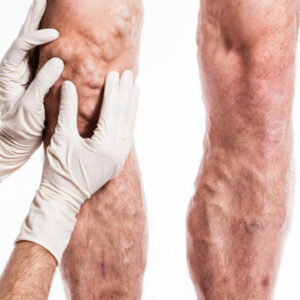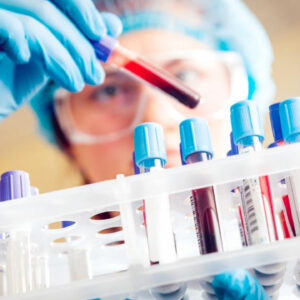
01
Things You Must Know About Deep Vein Thrombosis
Deep Vein Thrombosis or DVT is a condition where a blood clot appears in a deep vein in the body. When a blood clot occurs, the blood turns gelatinous. A blood clot from deep vein thrombosis is more likely to appear in your thigh or lower leg. But these clots can also occur in other parts of the body. This is a condition called a thromboembolism. Vulnerable age groups The symptoms of deep vein thrombosis appear more commonly in people over the age of 50. Certain physical conditions can also increase the risk of deep vein thrombosis in your body. It’s important to identify the symptoms of deep vein thrombosis early to prevent the problem from getting worse. Once you identify the cause of the problem, it’s easy to seek treatment. The factors which are likely to cause deep vein thrombosis are as follows: Injured or damaged veins Being overweight or obese puts a lot of pressure on the veins in your pelvis and legs. This can aggravate the risk factor. So if you’re obese, keep an eye out for symptoms of deep vein thrombosis. A history of deep vein thrombosis in the family can also make you more prone to it. Placement of a catheter in the vein could also lead to the problem.Women who are taking birth control pills regularly may also experience deep vein thrombosis. If you’re undergoing hormone therapy, you may find yourself experiencing some symptoms of deep vein thrombosis. Smoking is one of the biggest triggers for deep vein thrombosis. Lack of physical exercise, a sedentary lifestyle, and the accompanying obesity risk is another major factor that could lead to symptoms of deep vein thrombosis manifesting at a younger age. Stay Vigilant, Stay Safe People over the age group of fifty should stay vigilant for the early symptoms of deep vein thrombosis.
Read More 










